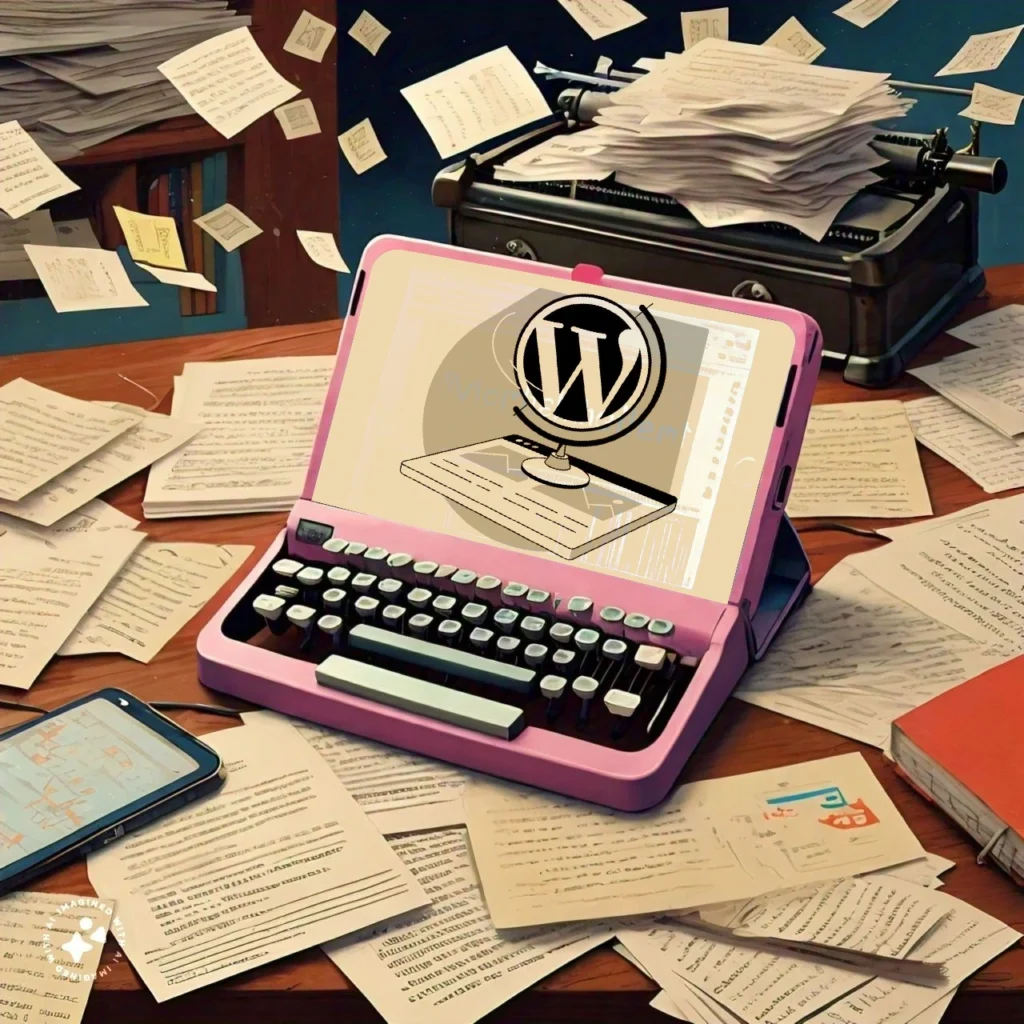WordPress Installation: We previously studied an overview of WordPress in our last published blog. In this blog, you’ll get to know everything about the installation and its process in WordPress. WordPress allows you to create a local environment for your site development in your system so you can test and play with your content accordingly and deploy it as per your time need.
Local Server Environment
Before going for WordPress Installation, you need to select a local server environment first. It is basically a setup that allows the user to create and test his/her sites for development. There are numerous options available out of which you can choose as per your wish and go ahead with your installation. Some of the popular ones are:
- XAMPP suitable for Windows, macOS and Linux
- MAMP suitable for macOS and Windows
- Local by Flywheel for macOS and Windows
- WampServer for Windows
- DevKinsta for Windows, macOS and Linux
Using XAMPP
XAMPP is a widely used local server environment especially for PHP-based web applications like WordPress. Here are the steps you need to follow to install and set up your WordPress using XAMPP:
- Download and your XAMPP: Apache Friends – XAMPP is the official site from where you can download XAMPP. after you download it, you can install it by running the downloaded installer and following the installation instructions. Choose components such as Apache, MySQL, PHP, and phpMyAdmin.
- Start your XAMPP: Launch your panel and get your Apache and MySQL started.
- Create a Database for WordPress: Visit http://localhost/phpmyadmin in your browser and open phpMyAdmin. Here you will create a database by clicking on “New” present in the left sidebar and give a name to your database. you will also have to choose utf8_general as the collation.
- Download WordPress: Go to the official website WordPress.org, download and extract its ZIP file to a folder and move it to your XAMPP installation.
- Give your WordPress configuration: Go to http://localhost/wordpress in your browser, fill out the necessary details and enter your database details. These details ask database name, username, password, database host, etc. to be filled. Make sure you keep the host as localhost, username as root (default XAMPP MySQL username). Submit it and run the installation.
- Finish your Installation: Go ahead with the further steps of giving title to your site, setting your username and a strong password and other information like entering your email. Finally, install ‘WordPress’ and log in your credentials to get started. You can access your WordPress every time by visiting http://localhost/wordpress/wp-admin.
Using Local by Flywheel
If you want to go with a simpler process that is more beginner friendly, Local by Flywheel comes to the rescue! Here are the steps you need to follow:
- Installation: From the official site, download and install the Local following the instructions.
- New site creation: Firstly, launch your Local and you will be asked to fill or enter your details. Here you have to create your username and password and also choose your host and other requirements. This comes under the configuration of WordPress. After filling the required details, click on “Add Site”.
- Get access to your WordPress account: Go to your WordPress Dashboard and view your site by clicking on “View Site”.
Using MAMP
Here’s how you can install and set you WordPress using MAMP:
- Installation: From the official site MAMP.info, you can download MAMP and install it following the installation instructions.
- Launch your MAMP: Launch and click on “Start Servers”.
- Database creation: Visit http://localhost:8888/phpMyAdmin and open phpMyAdmin. Now just like XAMPP, you will follow the same steps and create your database.
- WordPress configuration: similar to earlier process, download and extract WordPress to a folder and move the folder under the MAMP htdocs directory. Visit http://localhost:8888/wordpress and complete the installation by following the setup instructions.
This way, you can choose your local server environment and download and install your WordPress. You can configure it this way and login to your credentials every time with the username and password that you have created. After all this, there are post installation tasks that will prepare and add on to your website. We will study about them in detail in later blogs but for now you can have an idea of these.
Post Installation Tasks
There are many things that need to be done after the installation process to make your website eveready for deploying it live. These are:
- Plugins and themes: In order to customize your site as per your needs, you need to install certain plugins that add functionality to your site. Also, you need to select a theme for your site to decide and create its layout, font, etc.
- Post your content: You can create pages on your site, and post your content like blogs or run your online store.
- Customize settings: You can make changes in your site title, time zone, tagline, etc. You can also configure your URL structure and other reading and discussion settings.
Other than these, there are many things like backups, troubleshooting that need to be taken care of. So this was all about WordPress Installation. If done properly, it is quite easy and understandable to even a beginner. To know more about this, you can check out our courses that will soon be available on Udemy.


